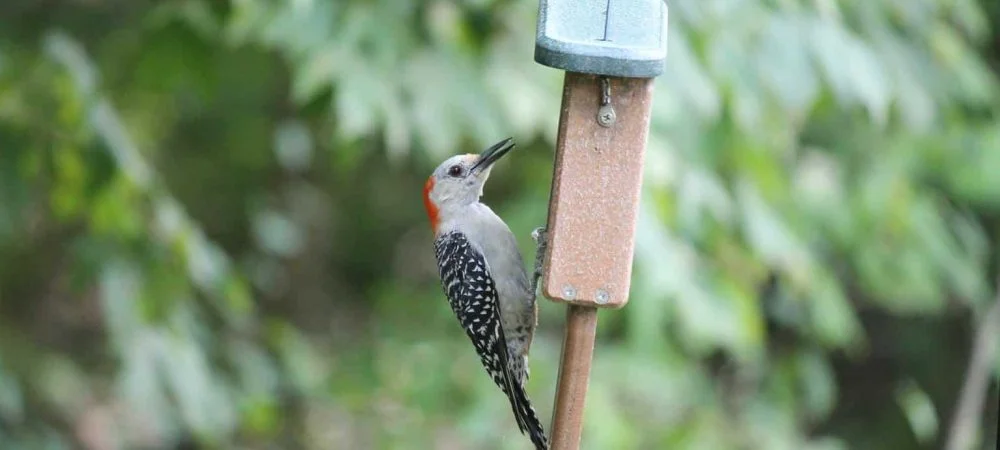
Want to learn more? Take a look at the North American Guide to Woodpeckers
Six of these woodpeckers are permanent residents in Indiana.
Now, let’s have a look at the individual species of woodpecker in more detail.
Take a look at our article on How to Attract Woodpeckers?
What Woodpeckers can be seen in Indiana?
Table of Contents
1. Red-bellied Woodpecker
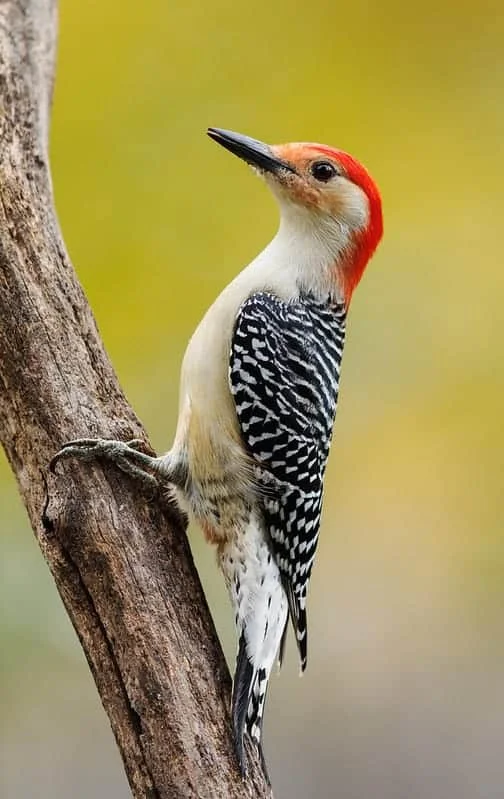
Wingspan
15-18 inches
Weight
2.65 ounces
Life Expectancy
12 years
Diet
Insects
These woodpeckers actually have much brighter red feathers on their heads.
They do have red bellies, but the feathers are much paler in comparison.
Black and white feathers form striping patterns down this woodpecker’s back.
These birds can be found in both dense and sub-wooded woodland areas and will make their permanent nests in either.
Males will pick a site for the nest and begin to excavate it early on in the breeding season, their nests are usually in dead trees and trunks.
Males will tap on their tree trunks to form inside of the cavity. A female will tap back to the male if she is interested in him, this is the first step in courting.
They will make their nests in the same tree year after year but will often use a different cavity, they lay about 2-6 eggs per brood.
This is another species of woodpecker that is a permanent resident in the state of Indiana.
They can be seen in all regions of the state, but they have most commonly been sighted in the southern half of the state, but they have been frequently in the north as well.
2. Downy Woodpecker
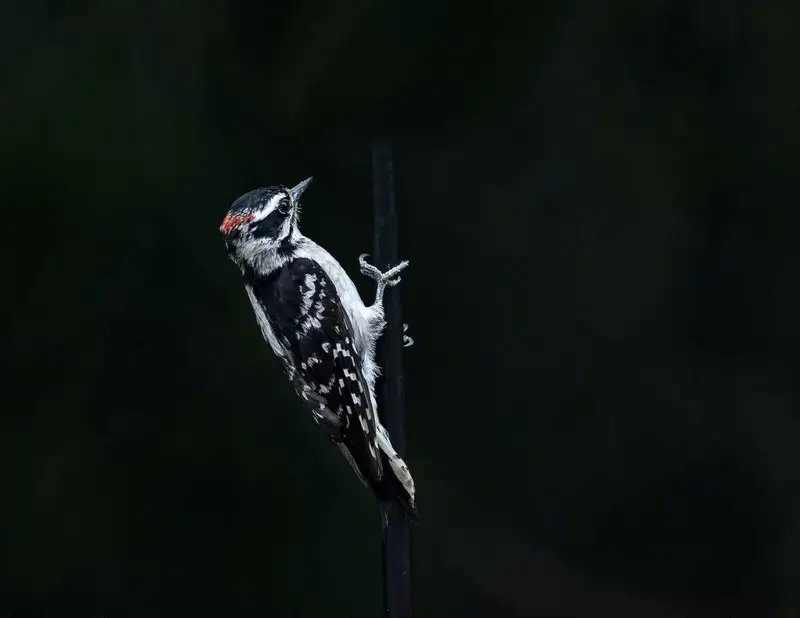
Wingspan
3.27 to 4.13 inches
Weight
0.75 to 1 ounce
Life Expectancy
12 Years
Diet
Insects & Non-insect arthropods
These small woodpeckers have a tiny patch of red on the back of their heads, their bellies are pale, and they have dark wings and backs.
These birds like to make their nests close to areas of water, usually in forests close to rivers or streams.
Males will fly between trees and flutter their wings to imitate the flight of a butterfly.
This is to attract females to their territory, and they do this in the early spring months at the start of the breeding season.
The breeding pairs nest together and will nest in either fully dead trees or in the dead parts of living trees.
Downy Woodpeckers are able to be seen in all regions of Indiana.
They are also year-round residents and are most active during their breeding seasons.
They have evenly distributed sightings across the state with slightly more concentrated sightings in the central regions.
3. Hairy Woodpecker
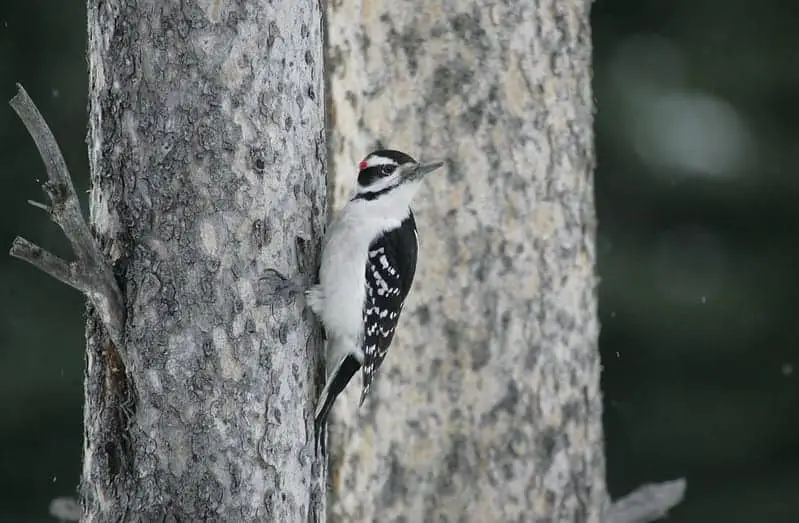
Wingspan
15 inches
Weight
1.4 to 3.4 ounces
Life Expectancy
15 years
Diet
Wood-boring insects & tree sap
These woodpeckers have a medium-sized body and can be identified by unique little orangey-red patches of feathers on top of their head.
They also have pale bellies and dark wings and backs. These birds will hollow out a new cavity each year for their nests, but they will often do so in the same tree stump.
They like to nest in woodland areas, they have only one brood per year and their broods consist of 3-6 eggs.
As well as their courtship display, males have an aggressive display which they do to other males.
They raise their wings over their back and make a shrill cry to warn other individuals that conflict may ensue.
They also have a unique courtship display for the females, but this and their other breeding behaviors have not been well studied.
These woodpeckers have one of the largest ranges across the state.
This includes all of Indiana and they are also year-round residents in that state. They have been most commonly seen in the central areas in the south of the state.
4. Pileated Woodpecker
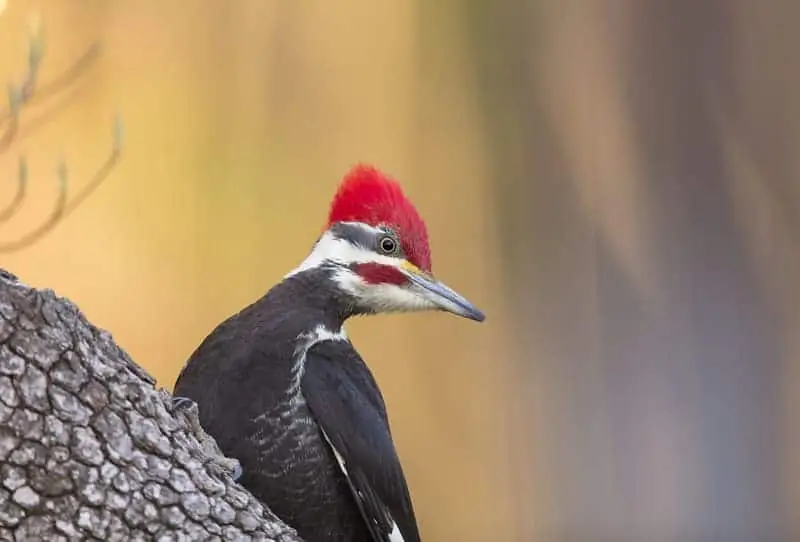
Wingspan
26 to 30 inches
Weight
8.8 to 14.1 ounces
Life Expectancy
13 years
Diet
Fruit, nuts & insects
These woodpeckers have a prominent display of red feather on top of their heads.
The rest of their body is covered in dark feathers, but their necks are covered in white.
These birds make their nests in coniferous and mature areas of woodlands, and they are large for a woodpecker.
They make their cavities in dead trees and trunks and make them rectangular in shape, which is not common for woodpeckers.
Woodpeckers will only allow their mate into their territory and will only let another individual into their territory once their mate dies.
These woodpeckers remain monogamous and many will mate for life. But this means that there are a lot of Pileated Woodpeckers that do not have their own territory and have to wait to take a deceased’s place.
Pileated woodpeckers are seen in Indiana throughout the year. However, their range only extends through the southern half of the state.
That being said, they have been seen in the north of the state but most of the sightings of this bird are in the southwest.
5. Yellow-bellied Sapsucker
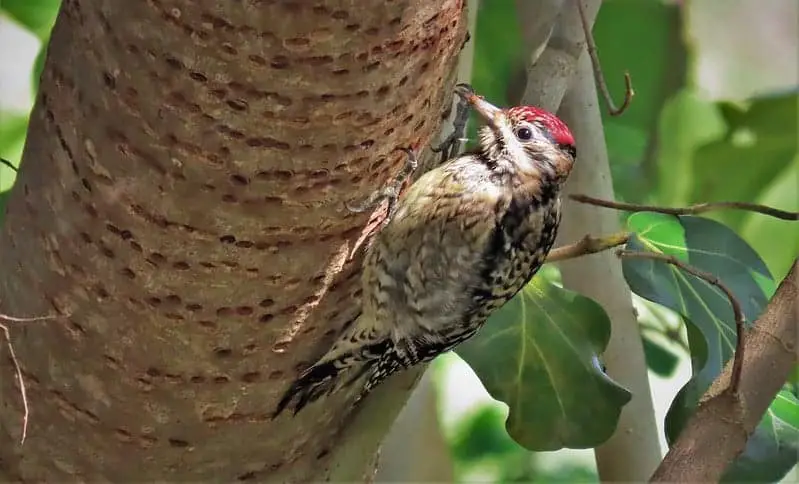
Wingspan
13 to 16 inches
Weight
1.5 to 1.9 ounces
Life Expectancy
7 years
Diet
Tree sap, insects & fruit
Yellow Bellied-Sapsuckers can be identified by their striking red crown and their pale-yellow bellies from their name.
These birds have a stout bill and a small-sized body for a woodpecker.
You will often find these sapsuckers nesting in forests, these can change types of forests depending on the seasons.
The Yellow-bellied Sapsucker’s courting displays and aggressive displays appear to be very similar to one another.
The biggest difference is that aggressive displays are done to members of the same sex.
These birds will form long term breeding pairs, although a few will find different mates every year. Yellow-bellied sapsuckers are monogamous during the mating season.
These woodpeckers are migratory, and they can be seen in Indiana outside of their breeding seasons and during their migratory period.
They have been spotted all over the state. The most common area for sightings is in the southwest of the state.
6. Northern Flicker
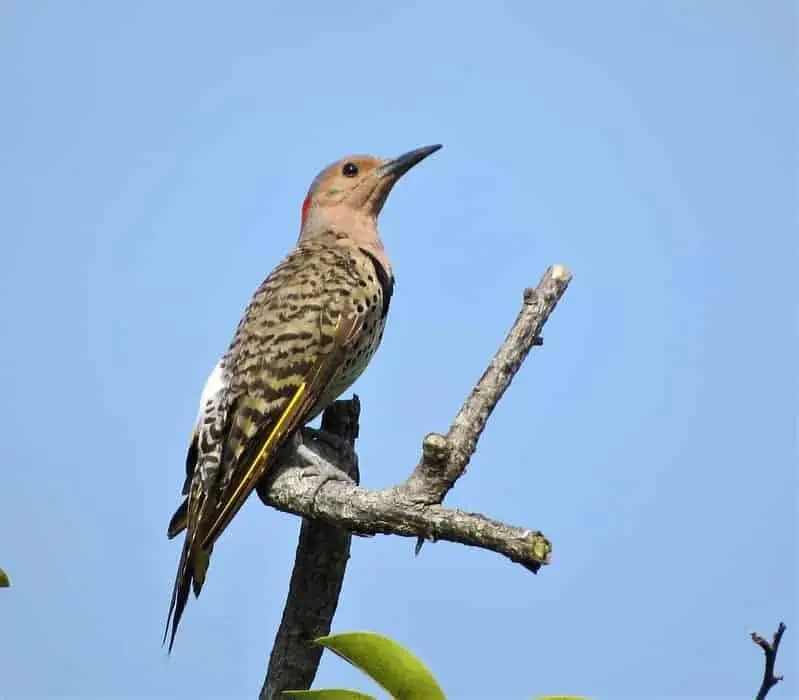
Wingspan
21.3 inches
Weight
6 ounces
Life Expectancy
9 Years
Diet
Insects, seeds, nuts & fruit
These brown feathered woodpeckers are very large in comparison to other woodpecker species.
They have spotted bellies, which is not common amongst many woodpeckers, and they have distinct patches of red on their face and their tail.
These birds have been spotted in some suburban areas but are most commonly found in woodlands, particularly dense woodlands.
Unlike most woodpeckers, these birds will spend a lot of their foraging time on the ground.
Two males will sometimes compete in what is called a ‘fencing duel’ and they will do this display whilst emitting a call that sounds like wicka.
They will do this display in the presence of a female to try and get her to mate.
These birds will reuse the cavities that they have excavated in previous years, although it is not known whether they return to the same mate every year.
The last woodpecker on this list is also a year-round resident of the state.
They can be seen in all regions of Indiana, with most of the sightings being recorded in the southern half of the state.
7. Red-headed Woodpecker
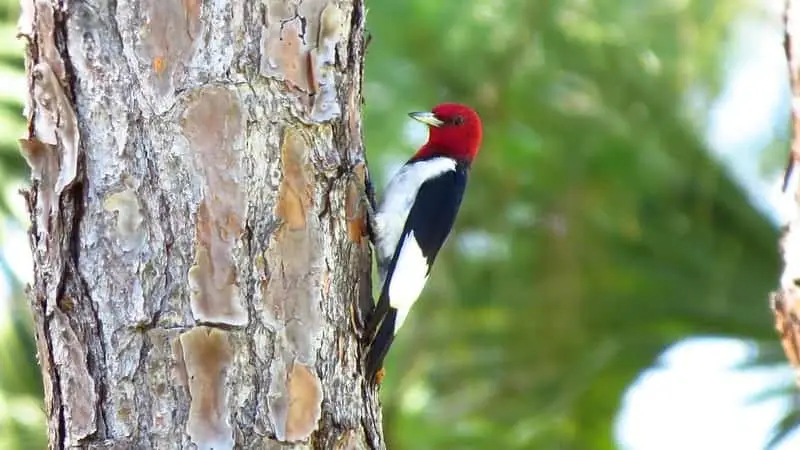
Wingspan
16 inches
Weight
2.5 ounces
Life Expectancy
9 Years
Diet
Insects & Berries
The Red-Headed Woodpecker’s head is, as you would expect, covered in bright red feathers.
The rest of this bird’s body is covered in both white and grey feathers.
These birds are medium sized for a woodpecker and most often make their nests in dense woodland areas.
Breeding pairs will play a game of hide and seek with one another around dead tree stumps.
They will do this at the beginning of the breeding seasons in early spring.
These pairs will often stay together for several years, however they nest separately and will rarely interact outside of the breeding seasons.
They are predated upon by a lot of different species including raccoons and Peregrine falcons.
To help defend themselves and their nests, both individuals of the breeding pair will help to deter predators.
These woodpeckers have a very small range across America.
They are year-round residents in the state of Indiana, and they have been seen across all regions of the state.
Most of the recorded sightings have been in the south of the state, particularly in the southwest.

More Articles.
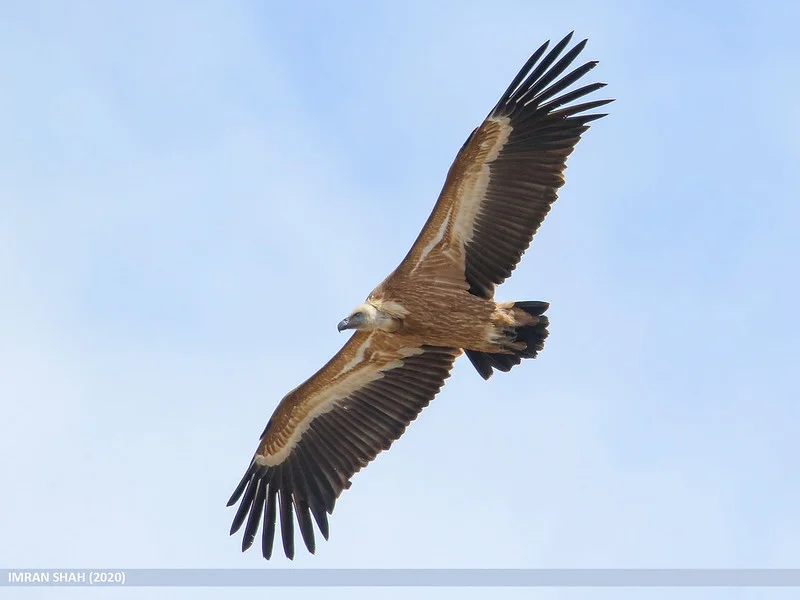
What Birds of Prey can be seen in France? (10 Species with Pictures and Sounds)
France is filled with numerous birds of prey. Its variable habitat from the mountains of
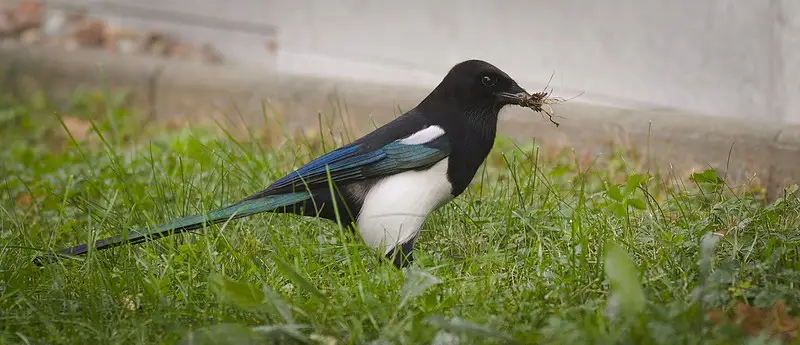
What does it mean to see a Single Magpie? (Symbolism & Meaning)
Seeing a single Magpie can mean a variety of things depending on your culture however
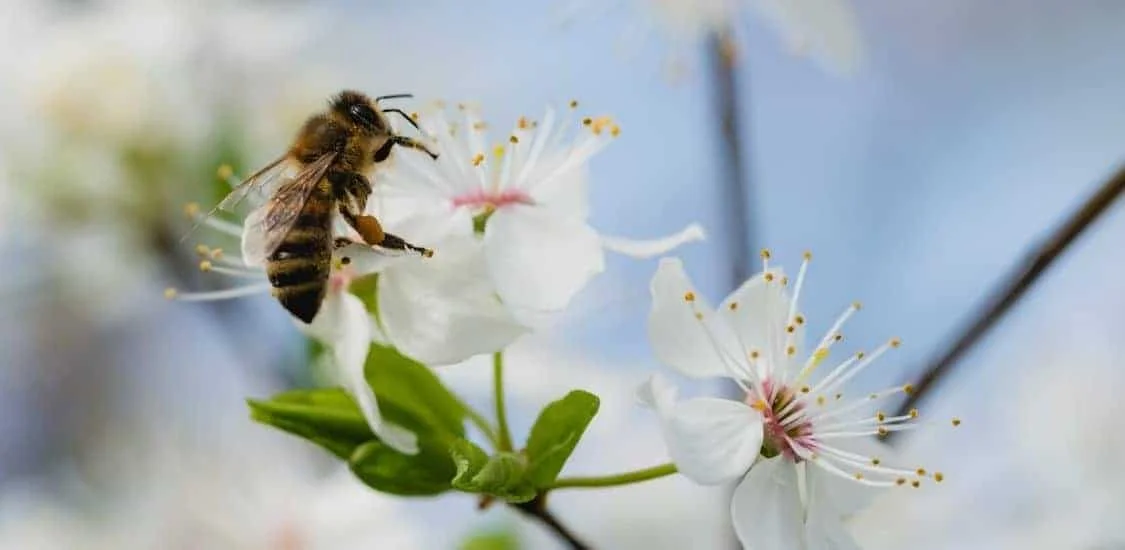
How to Attract Bees to Your Yard?
Bees play a vital role in the environment, helping to spread the pollen of flowers

About Us
We are avid bird-watchers who recently retired, allowing us more time to travel the world. Fortunately, we have managed to visit numerous countries around Europe, Asia, and America. Watching and photographing birds has been a passion for many years and we are making the most of the extra time on our hands!
